varicose veins orflebeurizmi- this is a systemic pathological change in the veins, which is associated with the expansion, elongation, flexion and formation of their joints, due to which the work of venous valves is disrupted and blood circulation is disrupted.
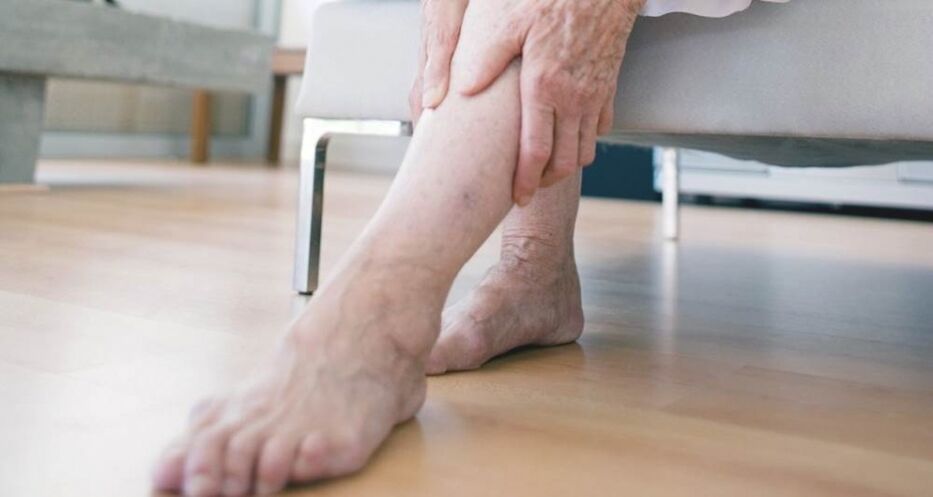
A change in blood flow almost always leads to changes in the body. The movement of blood in the veins depends not only on the condition of the vascular wall, but also on the condition of the venous valve, the work of which creates the movement of blood, regulates the direction and power of the flow.In healthy veins, there is a definite balance between vein thickness, vein tone, and valve activity.. When one of these elements changes, the load on the others increases. For example,when the valve fails, blood flow slows down, a larger volume of fluid begins to accumulate in the veins, due to which the load on the walls increases, which then lose their elasticity and extension. All of these changes can lead to blood clots in the lower extremities, as a result of which inflammation, pain, and swelling may occur due to tissue malnutrition.
Symptoms of varicose veins
Pain is one of the earliest symptoms that can appear at any age and should be addressed.
- In phase 1: discomfort appears at the end of the working day, there may be tingling and burning sensation in the legs. This indicates an increased load on the venous system of the legs.
- In stages 2 and 3:the appearance of traction pain and cramps in the calf muscles.
- In 4 stages:Severe pain with a tense and arched character that causes lameness.
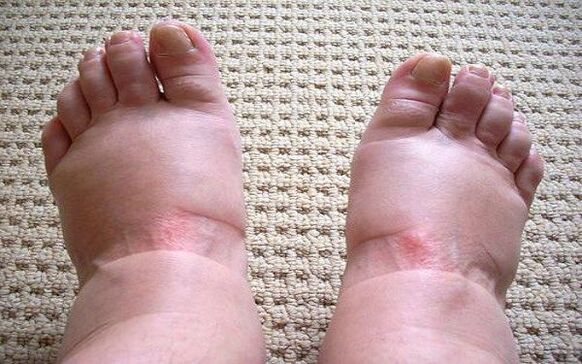
Edemaare also involved in the symptoms of this disease and may appear in its early stages. Usuallyedema varies in severity in different feet, as absolutely identical violations are rare. Varicose leg edema should be distinguished from edema in heart failure.
scratching- one of the most common symptoms after pain. It can also appear in the early stages, but is most often seen in stages 2 and 3 of the disease.
Why do feet itch with varicose veins?
itassociated with dilation of the vascular wall and the reaction of the nervous system to tissue. Due to the dilation of the vein, it presses on the surrounding vessels and capillaries, which can damage them, and the nerve endings transmit these sensations as itching, or the effect on the nerves will be direct.
It is worth noting thatitching will be internaland more often than not it will bring relief when you try to influence him by external means.
What do varicose veins on the legs look like?
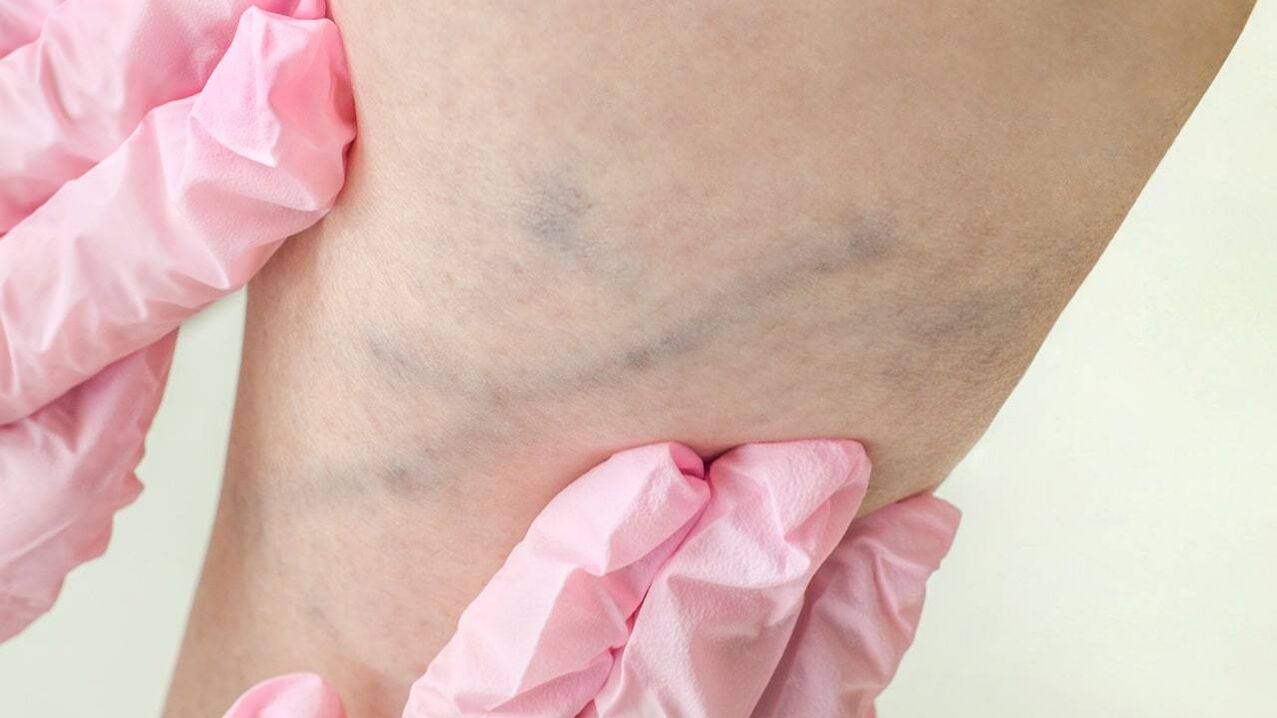
You need to know the answer to this question and have some ideas about the disease, so as not to panic prematurely and not start treatment for a disease that does not exist.
In addition to physical discomfort, the disease is also manifested by external signs:
- Fine blue mesh on the legsthis is not a reason to panic, as it symbolizes the loss of superficial vessels, but if it rises to the surface, becomes brighter, or begins to lengthen, this is a direct path to an appointment with a specialist and a lifestyle review.
- Bruising and bruisingmay indicate vessel damage and subcutaneous bleeding from it, this is due to a sharp load on the veins. Usually this symptom indicates the progression of the disease.
- The appearance of red spots on the feet, peeling of the skin and its thinning speaks of atrophic processes characteristic of the later stages of the disease.
Prevention and treatment of varicose veins
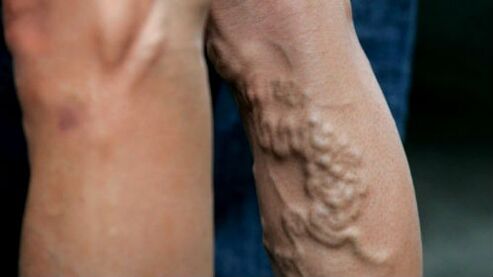
Main actions and procedures for the prevention and treatment of varicose veins:
- Recommendedmove activelyevery day. Walking, yoga and running will be very beneficial sports for the health of the veins of the lower extremities.
- Prolonged standing increases stress on muscles and veins.
- Avoid standing cross-legged, compresses the veins and impairs blood circulation.
- Do not bother too much with hot bathsand sauna, prolonged exposure to high temperatures affects the tone of the walls of blood vessels.
- Do not wear tight pants, give preference to loose clothing and comfortable underwear.
- Bad habits, and especially smoking - negatively affect the tone of the walls of blood vessels.
- Gentle foot massageis a good way to prevent.
- Permanentspecialist visitwith an existing problem is also necessary.
Prevention of varicose veins in women
- Pay attention to the hosiery elements of your wardrobe. costavoid socks and stockings with overly tight elastic bandsthat pulls the leg.
- The choice of shoes should also be taken seriously:high heels should not be worn every day, be careful also to choose shoes with straps and ropes, especially at the ankle.
Treatment of varicose veins
Treatment should beunder the supervision of a phlebologist. After laboratory and instrumental diagnosis, the specialist determines the extent of the disease and prescribes treatment.
There are several methods of treatment: drug therapy, surgery, exercise therapy.
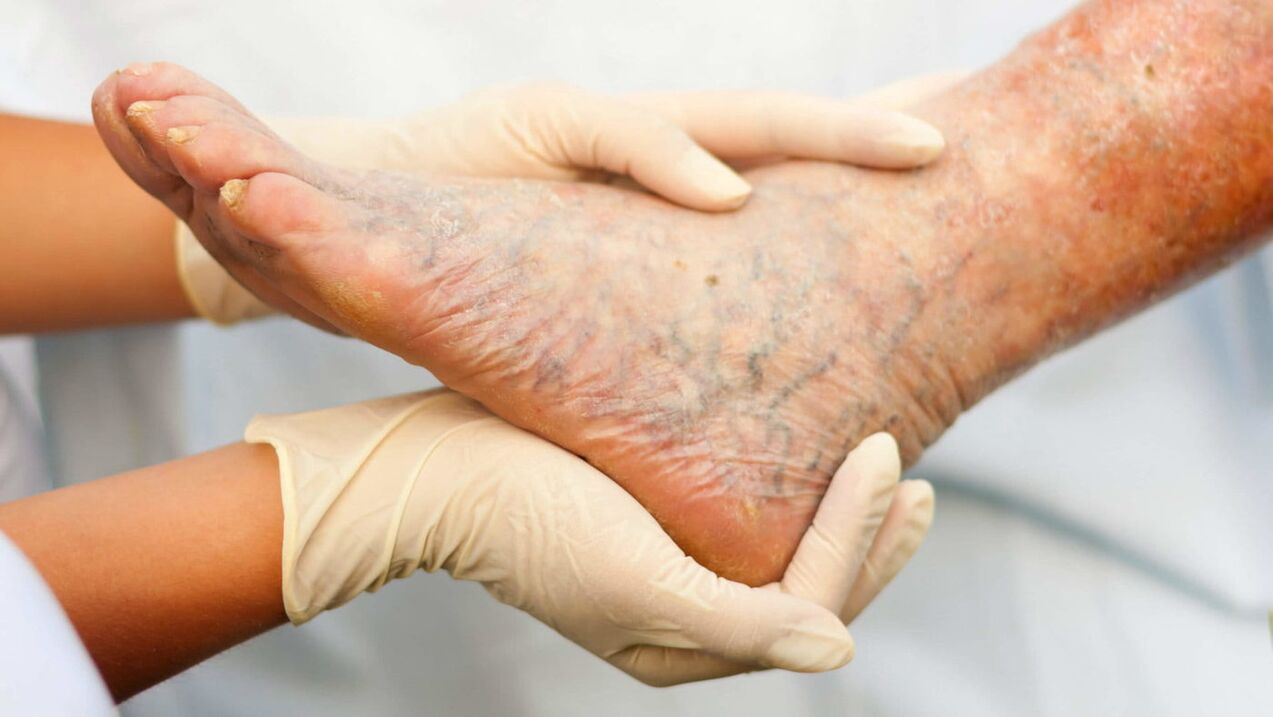
Medical therapy includes:
- Anticoagulants (for blood thinning);
- Antiplatelet agents (prevent thrombus formation and improve tissue nutrition);
- Venotonics;
- Non-steroidal anti-inflammatory drugs for severe pain and inflammation.
Surgery includes:
- Laser coagulation method: eliminates surface defects in the form of surface networks and stars;
- Sclerotherapy: "sticking a vein" by inserting special substances and removing it from the bloodstream;
- Phlebectomy: surgical removal of a vein.
Exercises for varicose veins in the legs
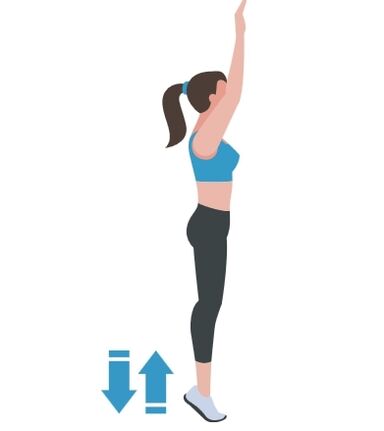
Uniform physical activity and exercise help to cope with varicose veins.
- Standing position, feet shoulder-width apart, hands placed along the body.We get up on our toes, stay in this position for 2 seconds and fall significantly on the heel.
- Standing position, hands resting behind a wall or in the back of a chair, rotated from heel to toe and vice versa for 2 minutes.
- A useful exercise would bewalking in place, socks do not protrude from the floor. Also usefulwalking with toes or heels.
- Lie down position, lift legs and perform"bicycle" movement.
- Sitting position: Alternativebend over and bare feet, then the legs.
Folk remedy for varicose veins in the legs
Treatment with herbal ingredientsmany doctors prescribe in combination with the main medicine or exercise therapy. It is welcome even in the early stages of the disease, when the course of the disease has not yet begun.
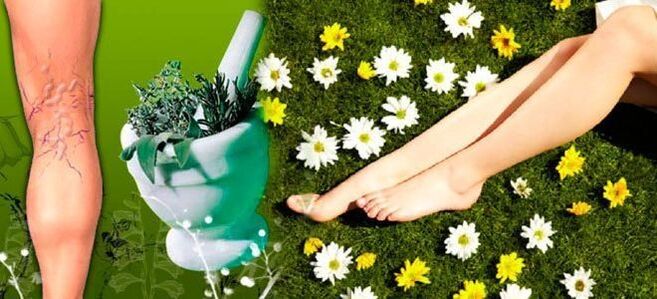
What foods are best for vein health?
- Nutmeg. It is welcome as a dietary supplement, decoction and tincture.
- Lemon: tincture, lemonade, oils.
- Ginger: very useful in combination with lemon, also decoction, tincture, compresses.
- compresswith white cabbage, oils, honey in the most painful areas will relieve symptoms.
- If oneswollen legs due to varicose veins: a compress with aloe, burdock will help relieve swelling. In combination with this, they give a good effect.decoction of cranberry, wild rose, cumin, thyme, oregano.
Folk remedies for varicose veins in the legs contribute to a speedy recovery and do not provide complications that can lead to drug treatment.
The most important thing in treatment is to understand that in advanced cases, folk remedies do not give a strong effect, thereforeyou should consult a specialistand do not choose the treatment yourself.
If this disease is present in an elderly person, then he / she will need help to properly perform exercise therapy (which will be an integral part of the therapy), as the exercises may vary for the elderly.
Similarly, it is necessary to choose correctly and on timedrug therapyto avoid additional complications in the body. For example,The result of improper treatment can be superficial and deep vein thrombosis, as a result of which severe inflammations and even necrotic processes can develop, trophic ulcers that heal for a long time.
To prevent dangerous complications, seek the advice and help of specialists, especially if you can not independently control the treatment and follow all the necessary recommendations.












































